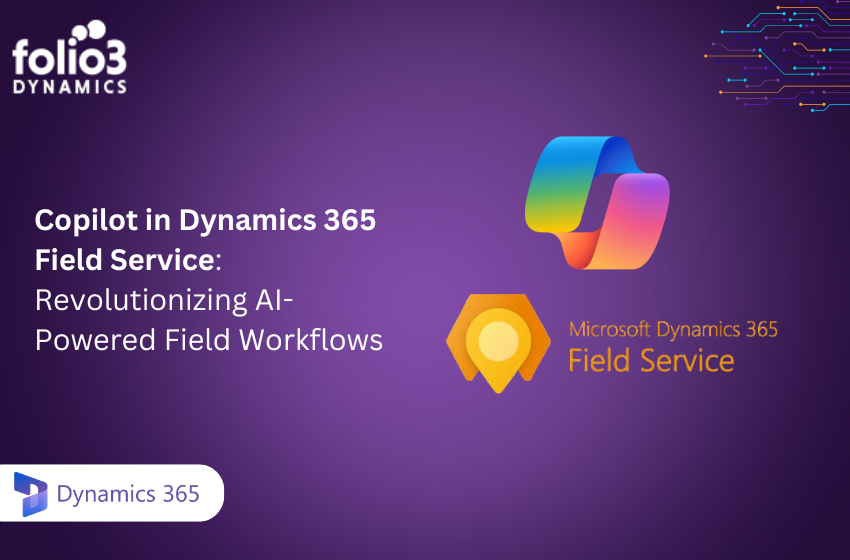The utilization of particular information, skills, tools, and procedures in IT project management is done to provide people with something of value. Projects include things like building a building, providing relief following a natural disaster, expanding sales into a new geographic market, and developing software for better company processes.
What Is IT Project Management?
The process of organizing, allocating, and planning an organization’s specific information technology (IT) goals is known as IT project management.
Monitoring projects for software development, hardware setups, network upgrades, cloud computing and virtualization rollouts, business analytics and data management projects, and putting in place IT services are all included in IT project management.
In addition to the usual issues that can make a project fail, other elements that can harm the success of an IT project management include technological advancements made while the project is being carried out, infrastructure changes that have an impact on security and data management, and unidentified dependencies between hardware, software, network infrastructure, and data.
The first-time, first-use penalty, which is the overall risk a company assumes when introducing a new technology, may also cause IT initiatives to fail. There may be difficulties that reduce the project’s chances of success because the technology hasn’t been deployed or used before in the organization.
IT Project Management Processes
The IT project management steps are made up of these five process groups, which apply to all projects. However, the particular phases that make up a project are particular to each project and serve to illustrate the project life cycle.
-
Initiation
The project’s objective, requirement, or issue is recognized. The project charter is made, and the project manager is assigned to it.
-
Planning
Together with the project team, the project manager plans every action that must be taken to complete the project successfully. It is anticipated that planning will take place frequently during the project due to the iterative nature of the project planning processes.
-
Execution
The project team then sets about carrying out the project plan to produce the project’s deliverables. During project execution, the project might switch to project planning as necessary.
-
Controlling & Monitoring
The project manager oversees and manages the task for time, cost, complexity, quality, risk, and other project-related aspects as the project are carried out by the project team. A continuous procedure of controlling and monitoring is also used to make sure that each project objective is being met.
-
Closing
Project closure occurs after each phase and of the entire project to verify that all work has been finished, has been approved, and has eventually passed responsibility from the project team to operations.
The IT Project Management Methodology
Let’s now examine three well-known methodologies of IT project management,
Agile Methodology
Agile, one of the more well-known projects management approaches is best suited for iterative and incremental projects. Demands and solutions develop through cooperative work between self-organizing, cross-functional teams and their clients in this kind of process. It was initially developed for software development as a response to the shortcomings of the Waterfall technique, whose processes did not satisfy the needs of the increasingly competitive and dynamic software industry.
For example, projects with a degree of complexity or uncertainty that call for flexibility. For instance, a good or service that the team hasn’t created.
Scrum Methodology
Five values make up Scrum: dedication, fortitude, focus, openness, and respect. Its objective is to create, deliver, and sustain complex goods through teamwork, responsibility, and incremental improvement. Scrum differs from the other Agile project management approaches in how it functions by relying on specific roles, occasions, and artifacts.
For example, projects with teams of fewer than seven individuals require a flexible strategy to offer a good or service.
Kanban Methodology
Similar to Scrum, another well-liked Agile paradigm called Kanban emphasizes early releases with cooperative and self-managing teams. It is a very visual approach that attempts to generate high-quality products by creating a representation of the work process so that bottlenecks could be discovered early on in the development phase. The idea was created on the manufacturing line of Toyota factories in the 1940s. It runs on six fundamental principles, which are:
- Visualization
- Limiting active projects
- Management of the flow
- Explicit policies
- Feedback loops are used
- Evolution through cooperation
Kanban, like Scrum, is appropriate for projects with smaller teams that call for a flexible method of delivering a good or service. Kanban is also excellent for increasing one’s productivity.
Best IT Project Management Service Consultants
A wide range of sectors and project types are covered by professional service providers and IT project management consulting organizations that provide project management as a service. While many of these IT project management solutions and IT project management examples firms operate on a variety of projects, specialized IT project management service firms concentrate on particular industries or projects, such as construction, system integration, and digital transformation.
| 10 Best IT Project Management Consultants | Ratings |
| Anser Advisory | 5 |
| Bechtel | 5 |
| Boston Consulting Group -BCG | 5 |
| Brailsford & Dunlavey | 5 |
| CSL Consulting | 5 |
| EPMA | 5 |
| Mott MacDonald | 5 |
| PMAlliance | 5 |
| Point B, Inc. | 5 |
| Bloom Consulting and Project Management, Inc. | 4 |
Final Thoughts
These days, it’s typical to save all project-related documents utilizing cloud-based project management software.
Creating different phases for a project provides it with a sense of certainty. The IT project management provides a framework for action, making it simpler to plan and carry out. In the past, spreadsheets and post-it notes were sufficient, but today’s demands for digital project management are quite different.
To manage, track, and plan projects, you need the appropriate tools. To make the project management phases for each project simpler, you require IT project management software.
For more information and queries contact Folio3, a leading IT project management consultant, and get your queries and confusion answered within a few hours.
Get Your IT Management Consultant here!


